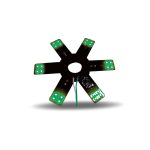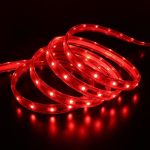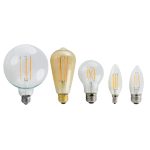LED Light: Uncovering the Meaning Behind the Acronym
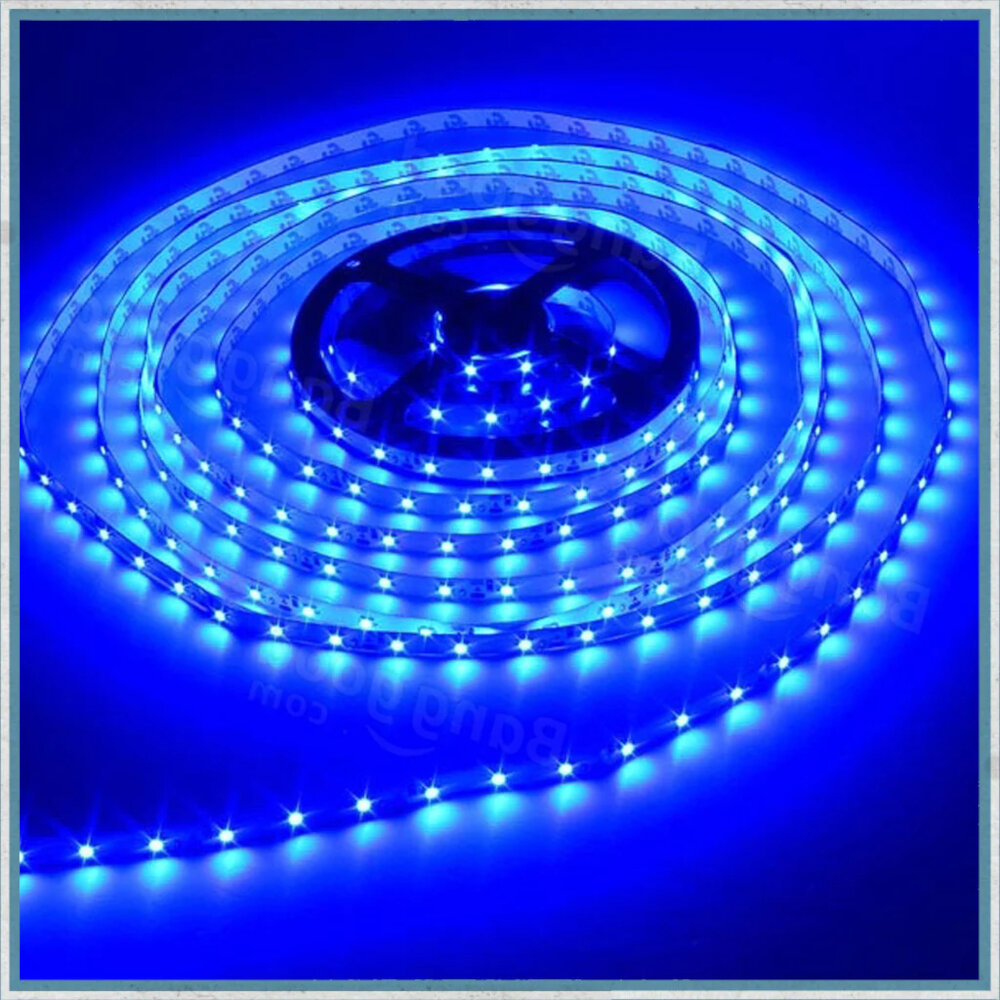
LED light is a common term that most people have heard of, but do you know what it really means? LED stands for Light Emitting Diode, which is a semiconductor device that emits light when an electric current passes through it. This technology has revolutionized the lighting industry, providing a more energy-efficient and longer-lasting alternative to traditional incandescent bulbs. In recent years, LED lights have become increasingly popular in homes, businesses, and public spaces due to their numerous benefits and versatility. LED lights come in a variety of shapes, sizes, and colors, making them suitable for a wide range of applications. They are commonly used in residential lighting fixtures such as lamps, ceiling lights, and outdoor lighting, as well as in commercial and industrial settings such as streetlights, stadiums, and factories. LED lights are also used in electronic devices such as televisions, computer monitors, and smartphones, as well as in automotive lighting and traffic signals. With the continuous development of LED technology, the potential uses for LED lights are virtually limitless, making them an exciting and innovative field to explore.
LED light, also known as a Light Emitting Diode, is a highly energy-efficient and versatile source of light that has gained immense popularity in recent years. Unlike traditional incandescent bulbs, LED lights convert electricity into light through a semiconductor material, resulting in less heat and more light per watt. This technology allows for a wide range of applications, from home and office lighting to traffic signals and car headlights. LED lights are also known for their longevity and durability, making them a cost-effective and environmentally friendly alternative to conventional lighting options. With their low energy consumption, bright and vibrant colors, and long lifespan, LED lights have revolutionized the lighting industry and become an integral part of modern life.
The importance of LED light technology cannot be overstated. LED lights consume significantly less energy than traditional incandescent bulbs, resulting in lower electricity bills and a reduced carbon footprint. LED lights also have a much longer lifespan than incandescent bulbs, which means less waste and fewer replacements. Additionally, LED lights offer a range of color options, including warm and cool white, as well as a variety of colored lights for different moods and occasions. The durability of LED lights also makes them ideal for outdoor use, where they can withstand harsh weather conditions. Overall, the benefits of LED technology make it a smart and eco-friendly choice for lighting solutions.
The history of LED light can be traced back to the early 1900s when the first light-emitting diode was discovered by British scientist H. J. Round. However, it was not until the 1960s that practical applications of LED light were developed. Initially, LED lights were only available in red and green colors and were used primarily as indicator lights in electronic devices. It was not until the 1990s that blue LEDs were developed, which paved the way for the creation of white LED light. Today, LED lights are widely used in a variety of applications, from household lighting to car headlights, and are known for their energy efficiency and long lifespan.
How LED Light Works

LED light, also known as a light-emitting diode, is a highly efficient and cost-effective lighting system that has revolutionized the lighting industry. Unlike traditional incandescent bulbs, LED lights do not use a filament to produce light. Instead, they rely on the movement of electrons through a semiconductor material to create light. When a current is passed through the diode, the electrons inside it become excited and move to a higher energy level. As they return to their original energy level, they release energy in the form of light. This process is known as electroluminescence, and it’s the key principle behind how LED lights work. One of the most significant advantages of LED lights is their energy efficiency. They require far less energy to produce the same amount of light as traditional incandescent bulbs, making them an eco-friendly and cost-effective lighting solution. Another advantage of LED lights is their long lifespan. They can last up to 25 times longer than traditional bulbs, which means fewer replacements and less waste. Additionally, LED lights are highly durable and resistant to shock, vibration, and extreme temperatures, making them suitable for a wide range of applications. Whether you’re looking to light up your home, office, or even a football stadium, LED lights offer a reliable, energy-efficient, and long-lasting solution that is sure to meet your needs.
LED (Light Emitting Diode) technology is a relatively new and innovative way of producing light that has revolutionized the lighting industry. Unlike traditional light sources, LED bulbs do not rely on filaments or gases to produce light. Instead, they use a semiconductor material that emits light when an electric current is passed through it. This allows for greater energy efficiency and longer-lasting bulbs. In addition, LED bulbs are available in a wide range of colors and can be programmed to change colors or dim based on user preferences. With their low energy consumption, durability, and versatility, it’s no wonder that LED technology is quickly becoming the go-to choice for lighting in homes, businesses, and public spaces.
LED lighting technology has revolutionized the lighting industry in recent years, and it has surpassed traditional lighting in several ways. Unlike traditional lighting, LED lights are highly energy-efficient, which means that they consume less power and produce less heat. LED lights also have a longer lifespan, making them a more cost-effective option in the long run. Another significant advantage of LED lights over traditional lighting is that they emit less carbon dioxide, which makes them a more environmentally friendly option. Additionally, LED lights are highly versatile and can be used for various purposes, such as residential lighting, commercial lighting, and even automotive lighting. Overall, the benefits of LED lighting over traditional lighting are clear and have made it a popular alternative in the modern lighting industry.
LED lights, or Light Emitting Diodes, have become increasingly popular in recent years due to their numerous advantages over traditional incandescent and fluorescent bulbs. One of the primary advantages of LED lights is their energy efficiency; they require significantly less electricity to operate than traditional bulbs, meaning lower energy bills and reduced environmental impact. Additionally, LED lights have a longer lifespan than other types of bulbs, which means less frequent replacement and maintenance costs. They are also highly durable and resistant to shock, vibration, and extreme temperatures, making them ideal for use in a variety of settings, from homes to outdoor environments. LED lights also emit less heat than traditional bulbs, which can help to reduce cooling costs in warmer climates. Overall, the advantages of LED lights make them a highly attractive option for anyone looking for an eco-friendly, cost-effective, and long-lasting lighting solution.
Types of LED Light
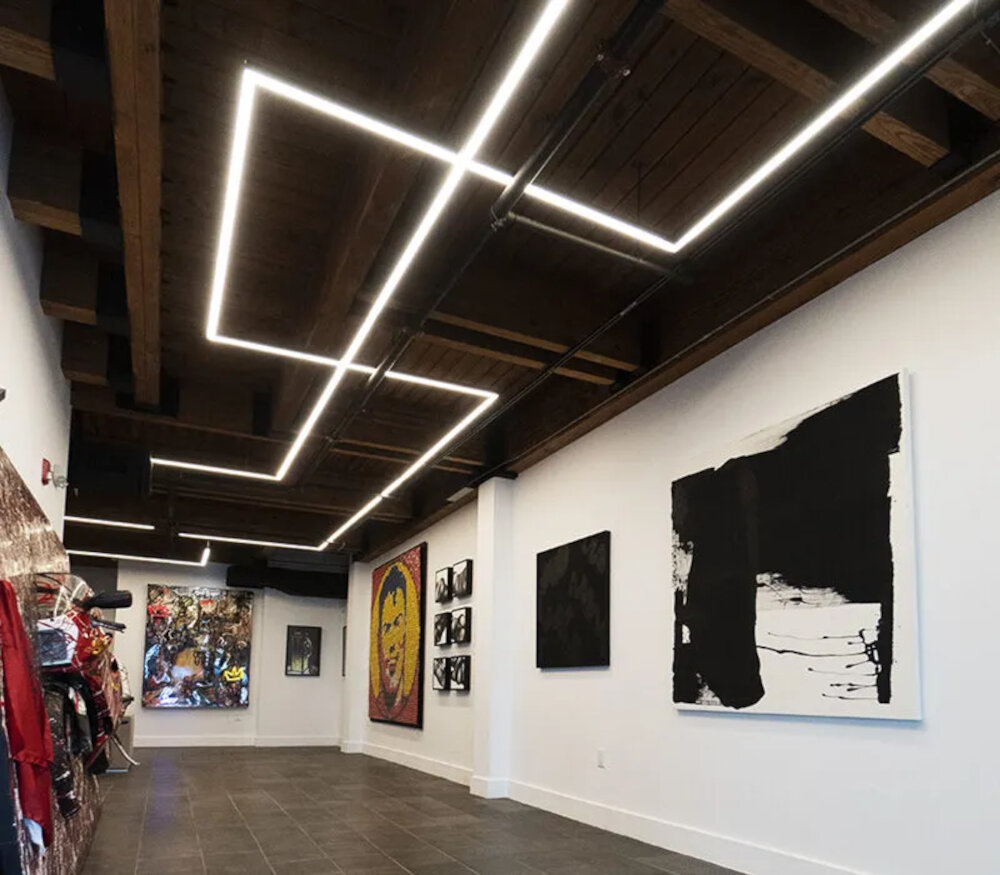
LED lights come in various types, each with its unique features and advantages. One of the most common types of LED lights is the LED bulb. These bulbs are designed to replace traditional incandescent bulbs, providing brighter light while using less energy. LED bulbs also have a longer lifespan than traditional bulbs, making them a cost-effective option for homeowners and businesses. Additionally, LED bulbs come in different shapes and sizes, including A19, MR16, and PAR bulbs, making them suitable for various lighting applications. Another type of LED light is the LED strip. LED strips are thin, flexible strips with an adhesive backing that can be attached to almost any surface. They are ideal for accent lighting and can add a dramatic effect to any room. LED strips come in different colors and can be cut to fit any length, making them a versatile lighting option. Additionally, LED strips are energy-efficient and have a long lifespan, making them an eco-friendly choice for homeowners and businesses alike.
LED light bulbs come in a variety of types, each with its unique characteristics and applications. One type is the standard LED bulb, which emits a bright, cool light and is ideal for task lighting. Another type is the dimmable LED bulb, which can be adjusted to create a warm, cozy ambiance. A third type is the decorative LED bulb, which comes in various shapes and colors and can be used to create a festive atmosphere. There are also LED bulbs designed for outdoor use, such as floodlights and spotlights, and LED tubes, which are commonly used in commercial settings. With so many options available, it’s easy to find an LED bulb that meets your specific lighting needs.
LED lights have a wide range of applications due to their energy efficiency and versatility. White LED lights are commonly used for indoor lighting, such as ceiling fixtures, lamps, and task lighting. They are also used in outdoor lighting, such as streetlights and floodlights. Colored LED lights are popular for decorative purposes, such as holiday lighting and accent lighting in homes and businesses. They are also used in traffic lights and emergency vehicle lighting. UV LED lights are used for sterilization purposes, such as in hospitals and laboratories. In addition, infrared LED lights are used in remote controls and in security cameras for night vision. Overall, LED lights have become an integral part of modern technology and are used in a variety of industries.
LED lights come in various types that differ in terms of their design, color, and brightness. The most commonly used types of LED lights are SMD, COB, and filament LEDs. SMD LEDs are small in size and offer a wide range of colors and brightness levels. COB LEDs have a larger surface area and provide a higher level of brightness, making them ideal for use in outdoor lighting. Filament LEDs replicate the look of traditional incandescent bulbs and provide a warm, inviting light. Each type of LED light has its own unique features and advantages, allowing consumers to choose the perfect LED light for their specific needs.
Factors to Consider when Choosing LED Light
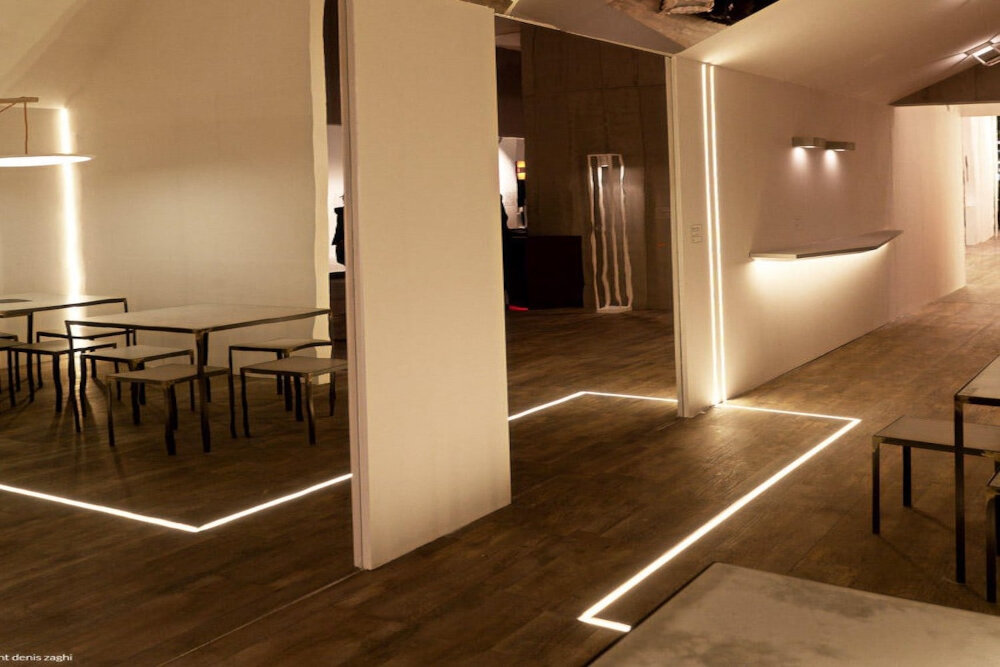
LED lights are becoming increasingly popular as a lighting option for homes and businesses. However, with the variety of LED lights available on the market, it can be challenging to choose the best one for your specific needs. When selecting an LED light, there are several factors to consider, including the color temperature, brightness, and energy efficiency. The color temperature of an LED light is measured in Kelvin (K) and refers to the warmth or coolness of the light. A lower Kelvin number (2700K-3000K) produces a warm, yellow light similar to incandescent bulbs, while a higher Kelvin number (5000K-6500K) produces a cooler, bluer light that is similar to daylight. When selecting an LED light, it is essential to consider the color temperature that best suits your needs, as it can affect the ambiance of a room and the mood of its occupants. Additionally, brightness is another crucial factor to consider when selecting an LED light. Brightness is measured in lumens, and the higher the lumens, the brighter the light. It is essential to consider the size of the room and the intended use of the light when selecting the appropriate brightness level. Lastly, energy efficiency is a crucial factor to consider when selecting an LED light. LED lights use less energy than traditional incandescent bulbs and have a longer lifespan, making them a cost-effective and environmentally friendly option.
Wattage and lumens are two important terms when it comes to understanding LED lighting. Wattage refers to the amount of energy that a bulb consumes, while lumens measure the amount of light that a bulb emits. In the past, consumers would use wattage to determine how bright a light bulb was. However, with the advent of LED lighting, lumens have become a more accurate measurement of brightness. This is because LED bulbs are much more efficient than traditional incandescent bulbs, meaning that they use less energy to produce the same amount of light. As a result, it’s important to pay attention to lumens when shopping for LED light bulbs, as this will give you a better sense of how bright the bulb will be.
Color temperature and CRI are two important characteristics that define the quality of light produced by LED bulbs. Color temperature refers to the hue of the light emitted by a bulb, ranging from cool white to warm yellow. The unit of measurement for color temperature is Kelvin (K), and the higher the number, the cooler or bluer the light appears. On the other hand, CRI (Color Rendering Index) measures the ability of a light source to accurately reproduce colors in comparison to natural light. A CRI of 100 indicates perfect color rendering, while lower values mean colors may appear washed out or distorted. When choosing LED bulbs, it’s important to consider both color temperature and CRI to ensure that the light produced is both visually appealing and accurate for the task at hand.
When it comes to LED lights, one feature that is often mentioned is whether they are dimmable or nondimmable. Dimmable LED lights are designed to be adjustable, allowing users to control the brightness of the light. This can be particularly useful in settings where different levels of lighting are needed, such as in a home or office. On the other hand, nondimmable LED lights are not adjustable and provide a consistent level of brightness. While this may be less flexible, nondimmable LED lights can be more reliable and less prone to flickering or other issues. Ultimately, the choice between dimmable or nondimmable LED lights will depend on the specific needs of the user and the environment in which the lights will be used.
Compatibility with dimmer switches is an important consideration when it comes to LED lights. LED lights are known for their energy efficiency, long lifespan and low heat emission. However, not all LED lights are compatible with dimmer switches. It is important to choose LEDs that are specifically designed to work with dimmer switches, as those that are not compatible can flicker, buzz or even fail altogether. LED lights that are compatible with dimmer switches are typically referred to as \dimmable\ LEDs. These LEDs are designed with special circuitry that allows them to work effectively with dimmer switches, providing smooth and consistent light output at all levels of brightness. It is important to check the packaging or consult with a lighting professional to ensure that the LED lights you choose are compatible with dimmer switches.
Applications of LED Light
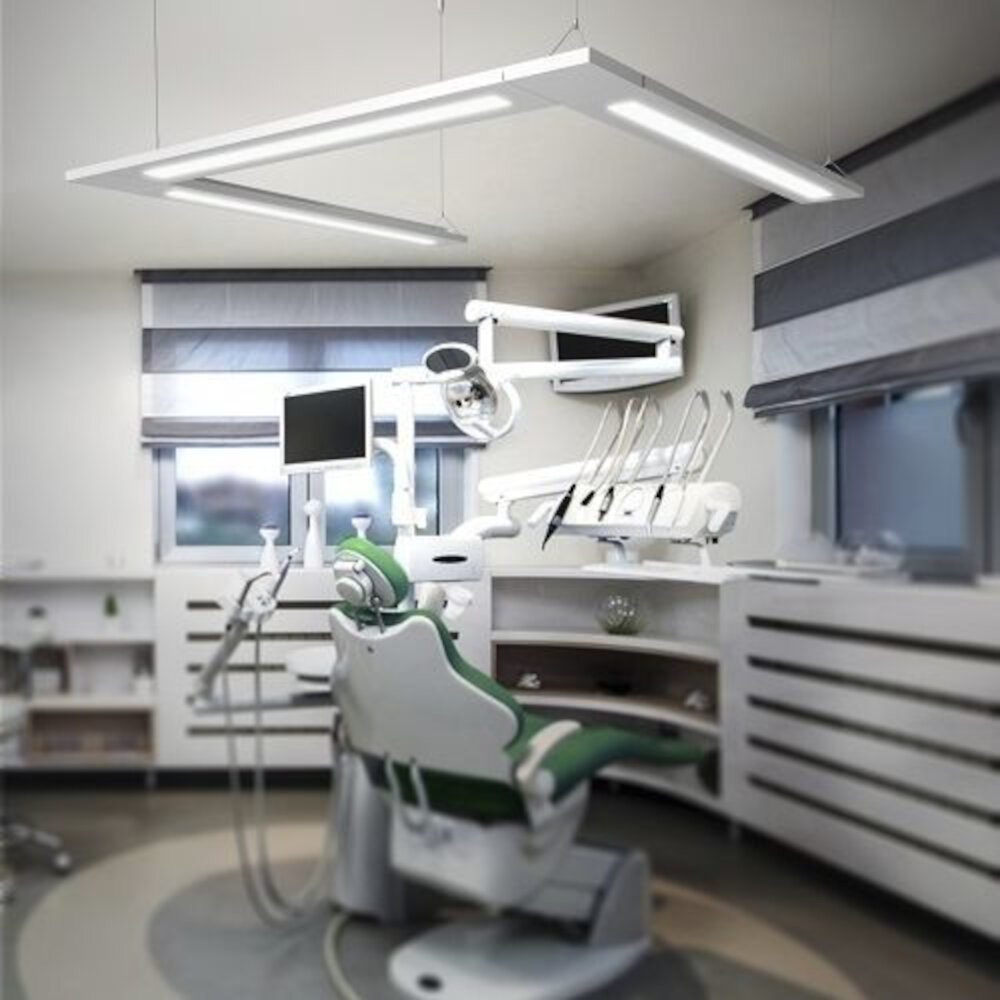
LED lights are revolutionizing the lighting industry due to their low power consumption, high energy efficiency, and long lifespan. LEDs are used in a variety of applications, ranging from street lighting, automotive lighting, and commercial lighting to household and entertainment lighting. In street lighting, LEDs are replacing traditional high-pressure sodium or mercury vapor lamps due to their low power consumption and long lifespan. LED street lighting not only reduces energy consumption but also provides better lighting quality and reduces light pollution. In addition, LED automotive lighting provides better visibility and energy efficiency, making it an ideal choice for modern vehicles. Commercial and household lighting applications also benefit from LED technology due to their low power consumption, high energy efficiency, and long lifespan. LED bulbs are available in different shapes and sizes, making them suitable for a variety of applications. LEDs are used in downlights, spotlights, task lighting, and ambient lighting applications in commercial and household settings. LED light strips and color-changing bulbs are also popular in entertainment and decorative lighting applications. The versatility of LED lighting makes it an ideal choice for a wide range of applications, and their energy efficiency and long lifespan help reduce energy costs and environmental impact.
LED lights have become a popular choice for residential lighting due to their energy efficiency, durability, and versatility. They are commonly used for lighting fixtures such as lamps, ceiling lights, and under-cabinet lights. LED lights are available in a variety of colors and color temperatures, making them suitable for any room in the house. They also have a long lifespan that can last up to 50,000 hours, significantly reducing the need for frequent replacements. LED lights are also dimmable, allowing homeowners to adjust the light level to their preference. Additionally, LED lights do not emit UV or infrared rays, making them a safer choice for homes with children and pets. With all of these benefits, it’s no wonder why LED lights have become a go-to choice for residential lighting.
LED lights have revolutionized the way we light our commercial spaces. They are energy-efficient, long-lasting, and emit less heat than traditional lighting options. This makes them ideal for use in a variety of commercial applications, such as retail stores, office buildings, and warehouses. LED lights are also incredibly versatile, and can be used in a variety of ways, including signage, accent lighting, and task lighting. In addition, they are available in a range of colors, making it easy to create a specific atmosphere or mood in a commercial space. Overall, LED lights offer a practical and cost-effective lighting solution for commercial spaces of all sizes and types.
LED lights have revolutionized outdoor lighting due to their numerous benefits. They are energy-efficient, eco-friendly, and long-lasting, making them an ideal choice for outdoor lighting solutions. LED lights emit a bright and clear light that enhances the ambiance of any outdoor space. They are also durable and can withstand harsh weather conditions, making them perfect for outdoor use. Additionally, LED lights can be used in a variety of outdoor settings, such as gardens, pathways, patios, and even parking lots. By utilizing LED lights for outdoor lighting, individuals can save money on energy bills and reduce their carbon footprint while still enjoying a beautifully lit outdoor space.
The automotive industry has widely adopted LED lights due to their numerous benefits. LED lights are more energy-efficient, have a longer lifespan, and emit less heat compared to traditional incandescent bulbs. Additionally, LED lights provide better visibility on the road, making them a safer option for drivers. LED lights also offer more creative design options for car manufacturers, as they can be easily integrated into different shapes and sizes. The use of LED lights in cars has become increasingly popular in recent years, with many car manufacturers opting to use them in their latest models. With the advantages that LED lights offer, it’s no wonder why they have become a staple in the automotive industry.
LED light technology has revolutionized the lighting industry and has become increasingly popular over the past few years. LED stands for Light Emitting Diode, and it is a semiconductor device that emits light when an electric current is passed through it. The importance of this technology lies in its energy efficiency and long lifespan, making it a cost-effective lighting solution for both residential and commercial use. LED lights also emit less heat compared to traditional incandescent bulbs, reducing the risk of fire hazards. Furthermore, LED lights come in a variety of colors, allowing for creative and unique lighting designs. Overall, LED technology is a game-changer in the lighting industry, providing energy-efficient, long-lasting, and versatile lighting solutions.
The future of LED light technology is bright, quite literally. Advancements in materials, design, and manufacturing are making LEDs more efficient, affordable, and versatile than ever before. With the ability to emit a wide range of colors and intensities, LEDs are being used in a growing number of applications, from home lighting to automotive headlights to digital displays. The potential energy savings from LED lighting are enormous, as they use up to 80% less energy than traditional incandescent bulbs. As the technology continues to evolve, we can expect to see even more innovative uses for LED lighting, including smart lighting systems that can be controlled via smartphone apps, and flexible displays that can be rolled up like paper.
In conclusion, LED lights are a game-changer in the lighting industry. They are incredibly energy-efficient and cost-effective, making them the ideal choice for both residential and commercial settings. LED lights consume less power and last much longer than traditional lighting options, making them an excellent investment for anyone looking to save money on their energy bills. Additionally, their versatility and flexibility make them perfect for a wide range of applications, from indoor lighting to outdoor lighting and even automotive lighting. With all the benefits that LED lights offer, it’s no wonder that they have become the preferred choice for lighting solutions worldwide.
Conclusion
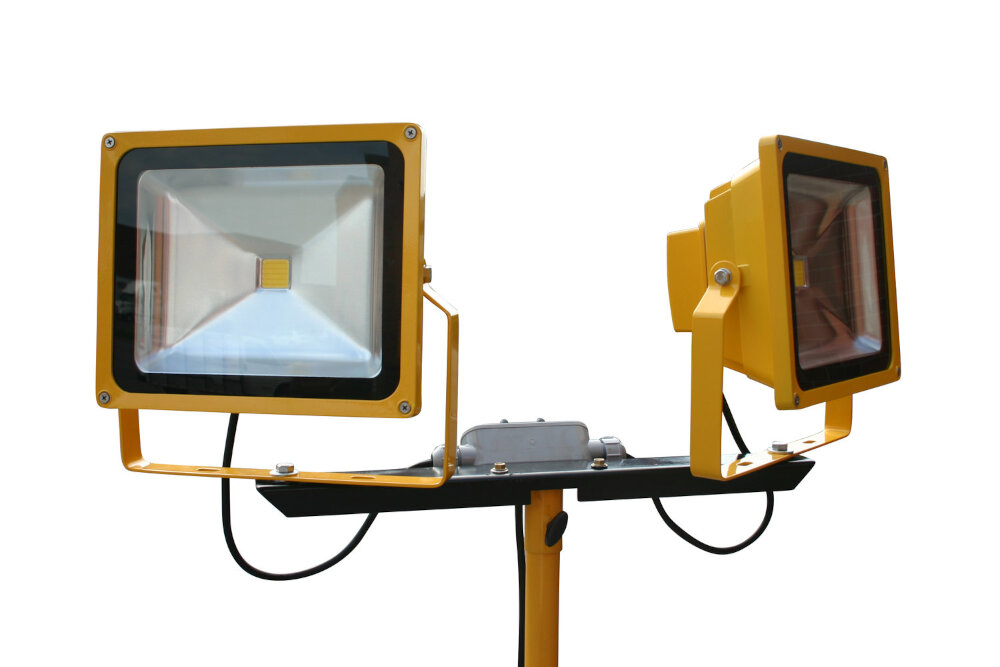
In conclusion, LED lights have revolutionized the world of lighting with their energy efficiency, long lifespan, and versatility. The acronym LED stands for Light Emitting Diode, a semiconductor device that emits light when an electric current passes through it. LED lights come in various shapes, sizes, and colors, making them perfect for a wide range of applications. From streetlights to car headlights, LED lights are becoming increasingly popular due to their environmental benefits and cost savings. As technology continues to advance, it is exciting to imagine what the future holds for LED lights and how they will continue to shape our world.

